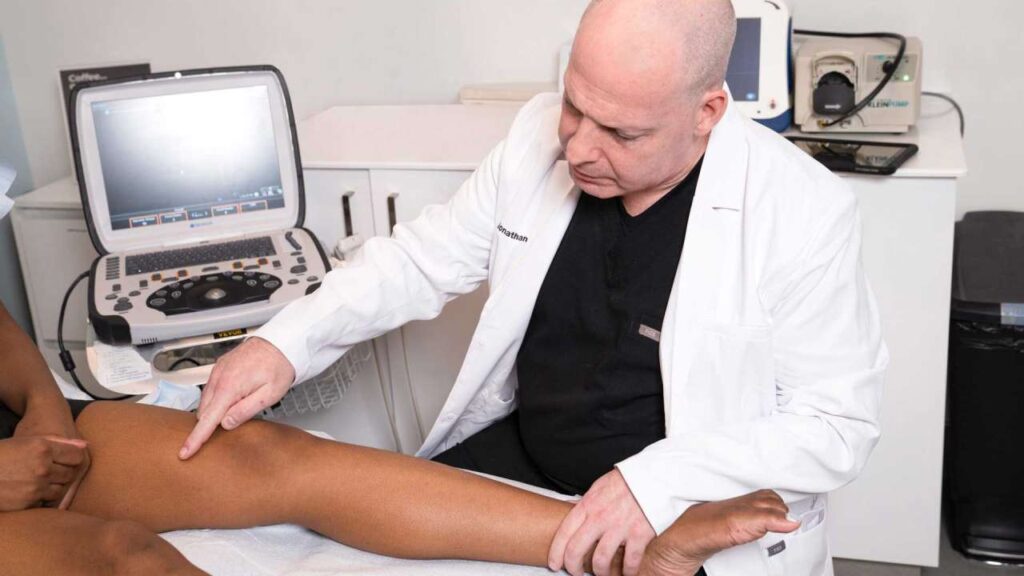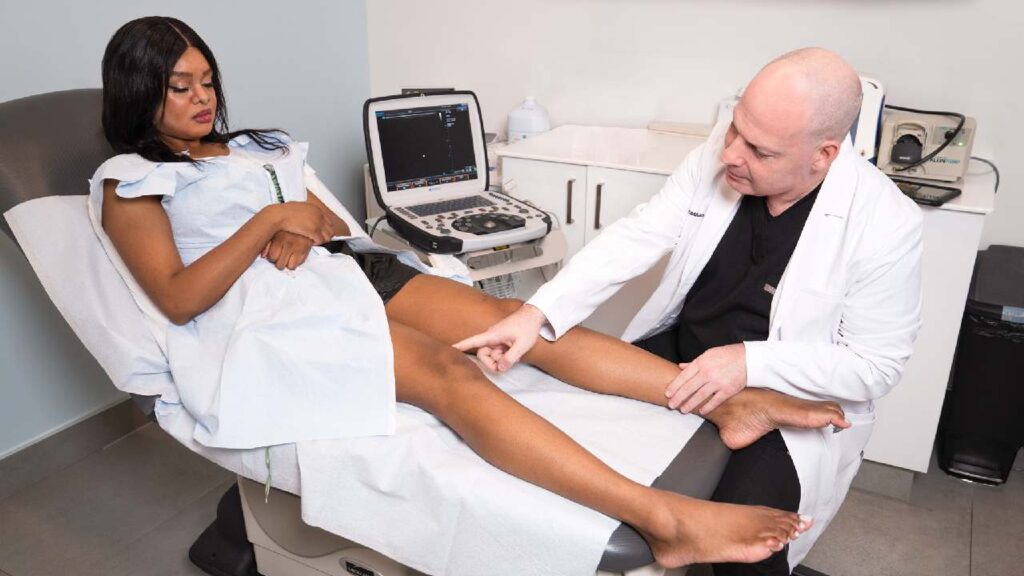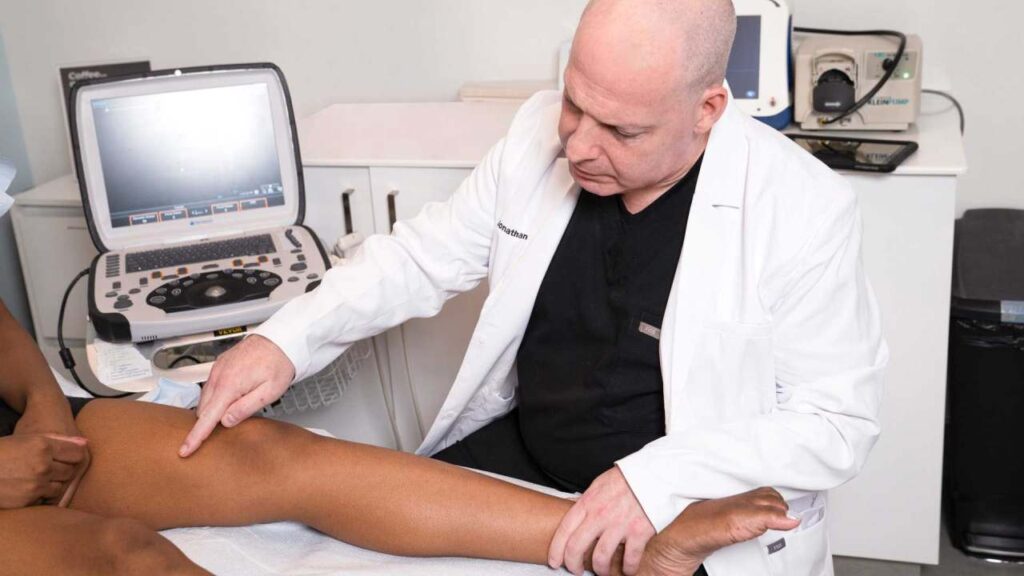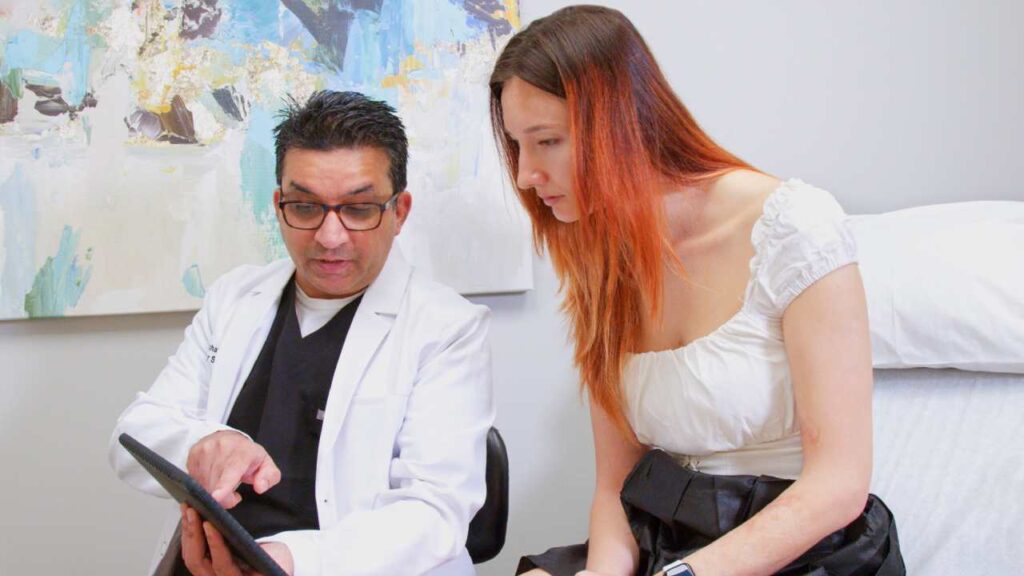Do veins grow back after removal?
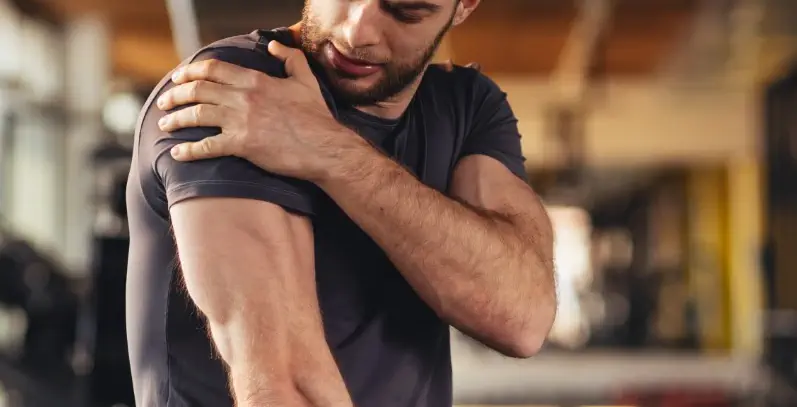
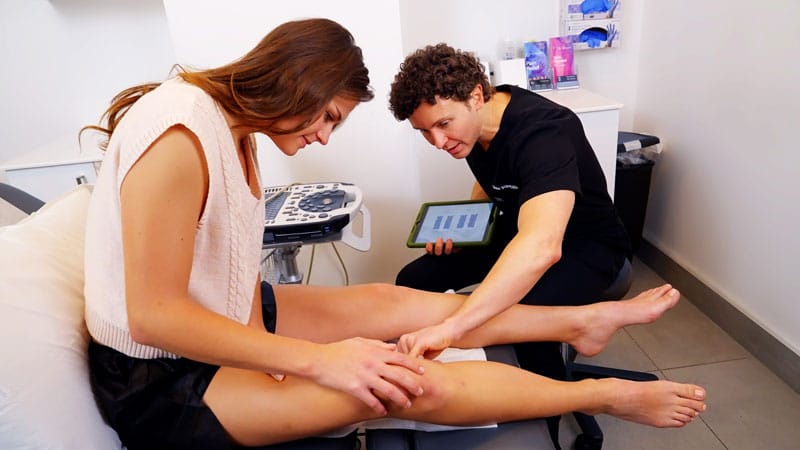
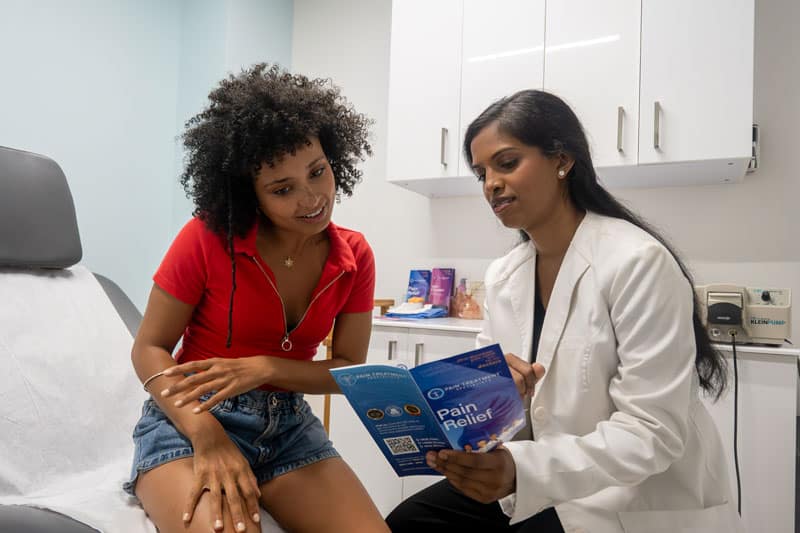
What is vein stripping?
Spider veins, varicose veins, and many other vein disorders are all caused by chronic venous insufficiency (CVI). While the recommended treatments are minimally-invasive, in some cases, CVI is treated surgically by vein stripping. In order to redirect blood flow into healthy leg veins, the damaged or diseased large saphenous vein in the leg must be removed or sealed as part of the treatment. The heart’s blood flow is improved as a result.
The steps are:
- Your vein specialist will start at the top near your groin and work his or her way down to your calf or ankle, making a few tiny cuts along the damaged vein in your leg.
- They will insert a thin wire into a vein in your groin, then have it travel through the vein to your calf or ankle.
- The vein is pulled out by the wire, which is tied to it, through the lower cut.
- Sutures are used to close the wounds.
Vein stripping is a surgical procedure that takes 60 to 90 minutes to complete and can be performed under local or general anesthesia. Our vein treatment centers in New York advise against vein stripping procedures, because they have a low success rate and a high risk of complications. Although it used to be the standard treatment for varicose veins, recent medical advances in minimally invasive procedures have surpassed it.
Varicose vein stripping recovery time ranges from 2 to 4 weeks, depending on the number of veins removed, their location, and your aftercare. To alleviate post-treatment pain and discomfort, the doctor will prescribe pain relievers and recommend elevating legs above the level of the heart when sitting, sleeping with legs propped up on a pillow, and avoiding strenuous workouts and activities.
What causes Varicose Veins?
Veins have one-way valves that ensure blood flows to the heart but does not return to the limbs. Because veins in the legs must fight gravity to return blood to the heart, the valves are vulnerable to damage due to the pressure. When they become leaky, gravity takes over and blood flows backwards to pool in the lower limbs, a condition known as venous insufficiency, because the venous system is no longer able to return blood to the heart adequately.
The pressure in the vein increases over time due to fluid buildup, resulting in bulging veins. These bulging veins are classified as spider veins or varicose veins based on their size, appearance, location, and level of discomfort. Spider veins are thin, red, blue, or purple spider webs that appear in the legs or on the face. Varicose veins, on the other hand, are larger, tend to look like a knotted rope with uneven distribution and areas that bulge, and are found in the legs, inner thighs, buttocks, and lower pelvic regions.
When Do Veins Grow Back After Removal?
Unlike organs such as the appendix or gallbladder, which do not regenerate after surgical removal, veins are made of connective tissue and are biologically designed to regenerate after trauma. When varicose veins are removed using a procedure such as varicose vein stripping, the body attempts to regrow the veins to replace the tissue that was removed. However, because the veins do not regrow with valves, they are predisposed to the venous insufficiency we discussed earlier.
Minimally Invasive Treatment
Surgical procedures, such as varicose vein stripping, were once the only way to treat spider and varicose veins, but advances in biomedical research have allowed for less invasive approaches to treating varicose and spider veins. Minimally invasive treatments, as opposed to a lengthy operation followed by an even longer hospital stay, take about an hour and only require a tiny incision. Minimally invasive therapies are less dangerous, take less time to perform, and require less time to recover after being discharged from the hospital.
There are several minimally invasive treatment methods available that vein doctors would recommend over laser vein removal, so when you schedule a visit at a vein treatment clinic, the vein specialist will assess you and recommend the best treatment option for you.
Types of Minimally-Invasive Treatment
VenaSeal: a new FDA-approved vein adhesive that is used to close the saphenous vein in the leg, which is the source of varicose veins. The VenaSeal glue immediately seals off the diseased vein, and this seal will eventually block blood flow through that vein and reroute it through the healthy veins in your legs.
Radiofrequency ablation: A local anesthetic is administered before inserting a small catheter into the unhealthy vein using ultrasound imaging. The catheter uses thermal energy to close the damaged vein’s walls, redirecting blood flow through healthy veins.
Varithena: a sclerotherapy foam injected into the damaged vein to seal off the damaged veins then reroutes blood flow in order to reduce the appearance and symptoms of varicose veins.
It’s important to find a vein doctor who is trained in minimally invasive procedures so that you can be sure that you are receiving the highest standard of vein care. Our vein center in NYC is accessible by both Grand Central Station and Penn Station and is close to major landmarks such as the Empire State Building. The Vein Treatment Clinic New York has physicians who are passionate about your well-being and who can consult with you to help you heal. If you are ready to finally get treatment for your vein disease, check out the Vein Treatment Clinic for vein treatment today!

